They say that “April showers bring May flowers,” and this year, I’m sure I’m not the only one clinging to that promise! With the last nine months bringing a 100-degree spread in temperatures, endless rain, and for many, flooded yards and gardens, I think we’re all ready for a good stretch of nice weather. With the effects of severe weather in the last year becoming obvious around your yard, now is the time to get to work restoring your gardens to the beauty you know and love. Here are a few tasks to accomplish this month in your beautification endeavors.
First, by now most shrubs, trees, and perennials are showing signs of new growth, despite our cool spring. However, chances are at least a few plants around your yard suffered damage from either summer’s heat or winter cold. If your roses haven’t shown signs of life and the canes have turned black, your plants likely succumbed to the bitter cold in December and will need to be replaced.
Likewise, rhododendrons may have taken a beating in the last year. Both summer heat and cold winters can result in browned leaves, and while new growth later this spring will cover over damaged leaves, you can also prune rhodies now or after they bloom to rejuvenate the plants. Be sure to feed with Espoma Azalea-Tone fertilizer after pruning to encourage vigorous new growth.
While most plants are starting to put out new growth, one plant in your yard that may have sustained winter damage and still not have signs of life is nandina, sometimes called ‘heavenly bamboo.’ While typically at least semi-evergreen in our climate, they do sometimes drop all their leaves in a cold winter—but in most cases, they will leaf out again by late spring. If looking at bare branches for another month is too painful, go ahead and replace it, but know that it’s not unusual for nandina to look rough after a trying winter!
Next, it’s time to tackle dead areas in your lawn. Whether your grass died out last summer, was submerged under floodwaters in November, or suffered from snow mold damage while buried under drifts in December and January, you’re not alone if your grass has seen better days! In areas where your grass is thin but otherwise still green, overseeding may be enough to bring your lawn back, but for areas that are altogether brown or only green in small patches, a more thorough approach is necessary.
Shy of either stripping your old sod or rototilling it under and replacing your lawn entirely, badly damaged or dead lawns can be restored with a less expensive or labor-intensive process. First, scalp your lawn by mowing it as short as your mower will allow, followed by dethatching, using a power rake or dethatching machine, available at local rental centers. Make several passes in different directions to remove as much of the old, dead turf as possible.
Follow up dethatching by spreading a light layer of topsoil over the remnants of your old turf. Unless you have an uneven lawn that you’re trying to smooth or level, as little as a quarter to half an inch of soil is sufficient for the next step: seeding.
When seeding, don’t skimp with cheap grass seed—after all, you’ll be stuck with whatever you plant for the next many years—and apply at least seven pounds of seed per 1000 square feet in areas where you’re starting from scratch. We recommend and sell our own Vander Giessen Seed Mix, with a proven track record of over 40 years in use. Be sure to also apply Scotts Turf Builder Starter fertilizer to help your lawn get established quickly, then maintain an even level of moisture by watering on days when it doesn’t rain. In a couple of weeks, your new grass will start to sprout, giving you a healthy, lush lawn before summer.
Finally, if your lawn doesn’t need reseeding and you want to keep it free of weeds, now is the time to apply Bonide Crabgrass Plus pre-emergent weed preventer to stop growth of poa annua, crabgrass and a host of other broadleaf and grassy weeds. Putting a pre-emergent on is a great way to enjoy a lawn free of weeds throughout summer with only minimal effort. Stop in at Vander Giessen’s to pick up a bag of Crabgrass Plus and apply it today!
Soon, the weather will hopefully improve and the beautiful, pleasant weather we so often enjoy in mid-to late spring will arrive in the Pacific Northwest. Until then, now is a great time to get to work rebuilding your lawn and garden for a new year!


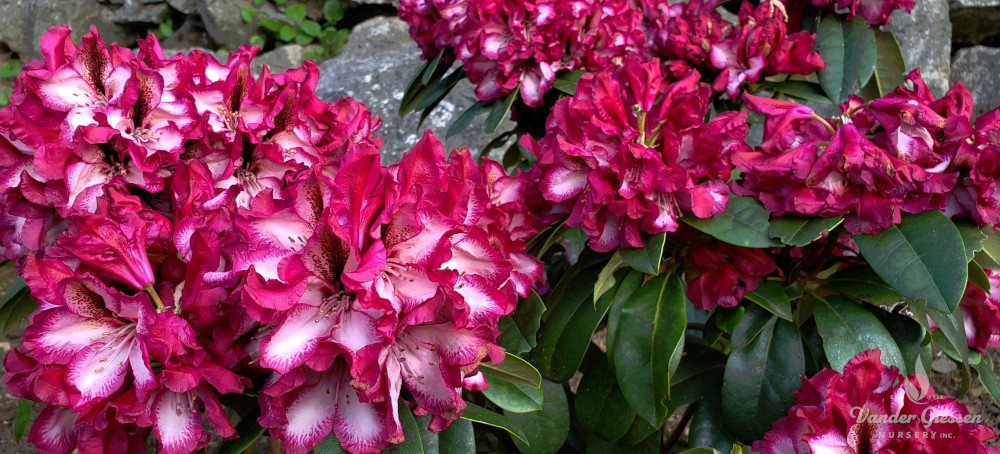

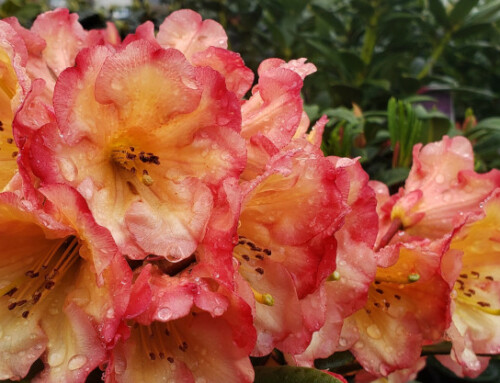
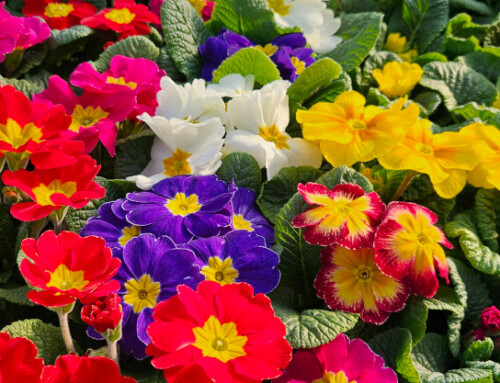
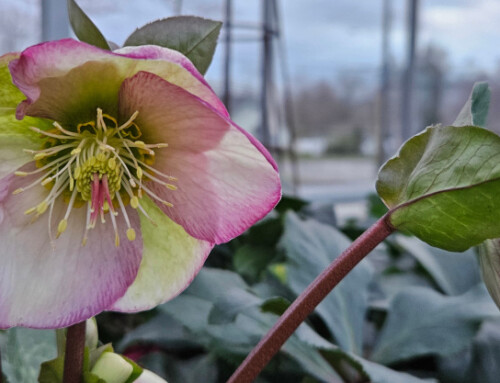
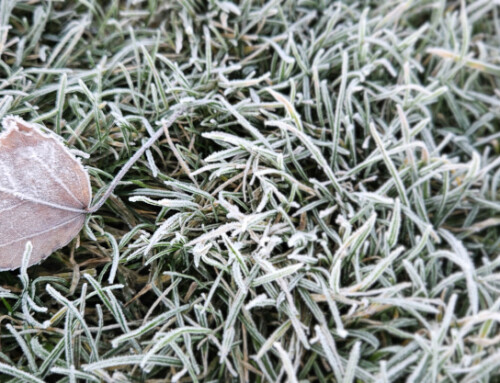
Leave A Comment